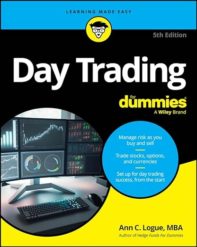China has been spending enormous amounts of money on infrastructure. The US should be spending more money in infrastructure. Brazil is embarking on an infrastructure program in advance of the 2016 Olympics.
Is this good, bad, or ugly?
For the most part, infrastructure is good. We need roads to get around, railroads and shipyards to transport goods, airports so that we can travel vast distances. Indoor plumbing, clean water, electricity, and central heat and air make our lives ridiculously easier than the lives of people just a few generations back. None of these can be built easily by an individual or even a single company, which is the point that Barack Obama was trying to make when he said “you didn’t build that”.
Infrastructure spending is more complicated, because it is almost necessarily government spending. The costs are huge, and the benefits are spread out over so many people over such a long period of time that the market cannot effectively capture it.
Some infrastructure spending is wasteful. Almost every day, the Chicago Tribune has a story about some contractors rigging bids or misrepresenting their status in order to make money. Sometimes, cities want to gild their lilies. Chicago has decorative street planters, Chengdu has a subway line of breathtaking beauty and safety. It’s not corrupt, but it is not really anything that people need.
Done well, infrastructure spending can stimulate the economy in the short and long term. Done poorly, it will become a drag on the economy. It can be a stimulus, or it can crowd out private investment.
So which is it? Much of China’s infrastructure spending has stimulated its economy and kept its huge population working, but it is reaching levels that may not be affordable. It may be crowding out the private sector.
In the US, infrastructure would be good. Yes, the government is broke, but it can also borrow money for practically nothing. The private sector has tons of cash and can also borrow at low rates, but it is not. And, in the meantime, we could use better roads, more rail, and efficient energy. The key us that, once the economy picks up, the infrastructure spending has to scale back. Government spending is supposed to balance the private sector, not replace it.
Brazil is riding that bubble. As with China, the pre-Olympics infrastructure spending will help fuel economic growth and make it easier for businesses to operate. Afterwards, though, it has to let the economy move on. It will be fun to watch, and probably profitable as well.


